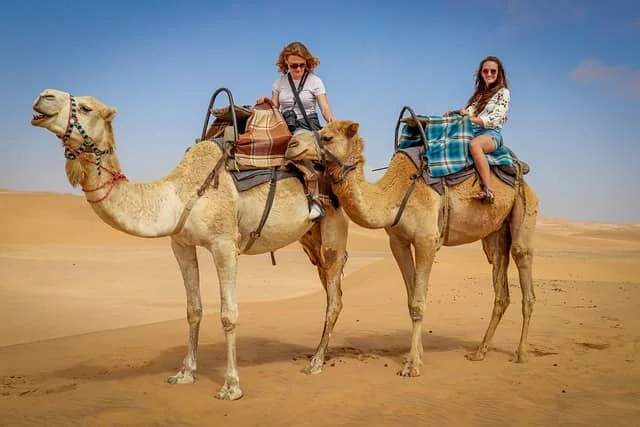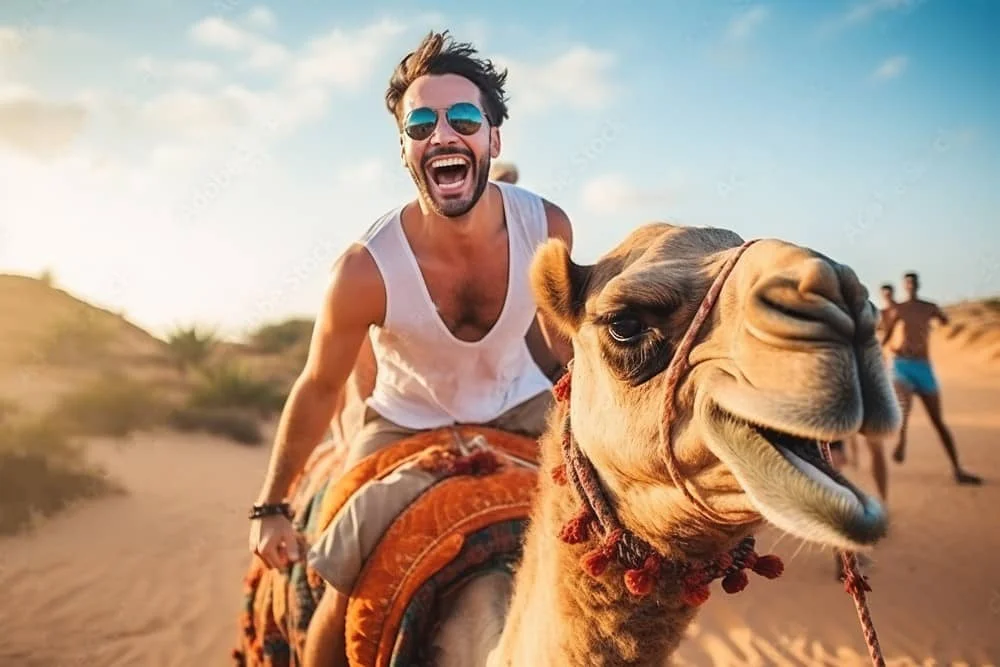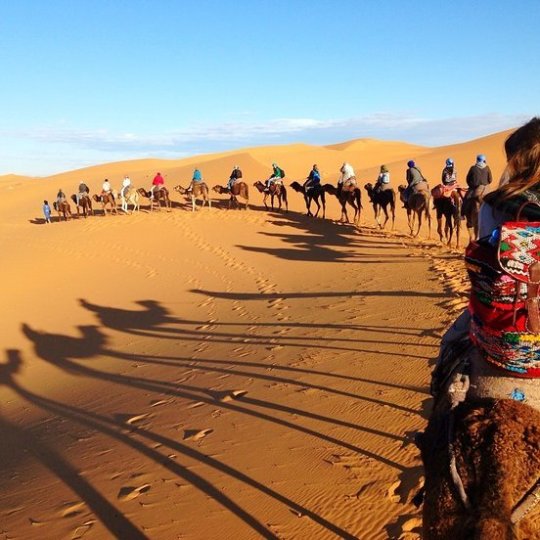What weight should I be to ride a camel?
Determining the appropriate weight to ride a camel can be a complex issue as it depends on several factors, including the size and strength of the camel, the type of saddle used, and the specific guidelines set by the tour operator or camel ride provider. While there is no universally established weight limit, it’s important to consider the well-being and comfort of the animal.

Camels are sturdy and robust animals that have been used for transportation and riding for centuries. They have evolved to carry heavy loads across long distances. However, excessive weight can potentially cause strain and discomfort to the camel’s back and legs, leading to injuries or other health issues.
If you are interested in riding a camel, it is advisable to inquire directly with the camel ride provider or tour operator about their weight restrictions. They will have experience and knowledge about the suitability of their camels for different riders
Many camel ride providers have established weight restrictions or guidelines
To ensure the welfare of both the camel and the rider, many camel ride providers have established weight restrictions or guidelines. These restrictions can vary depending on the location, the specific camel ride program, and the saddles used. Some providers may have weight limits as a precautionary measure to prevent any potential harm to the animals.

If you are interested in riding a camel, it is advisable to inquire directly with the camel ride provider or tour operator about their weight restrictions. They will have experience and knowledge about the suitability of their camels for different riders. By respecting their guidelines, you can help ensure the well-being of the animals and have a more enjoyable experience.
It’s important to note that weight is not the only factor to consider. Riders should also be aware of their physical fitness, ability to balance on the camel, and follow any instructions provided by the camel handlers or guides.
Promoting responsible tourism and animal welfare should always be a priority when engaging in activities involving animals. It is crucial to choose reputable operators who prioritize the health and welfare of their animals, providing appropriate care, rest periods, and veterinary attention when needed. By doing so, we can enjoy interacting with animals while ensuring their well-being.
Is it safe to ride a camel in Morocco?

Camel riding in Morocco can be safe when facilitated by reputable tour operators and experienced guides. The overall safety depends on factors like location and the temperament of individual camels. It is advisable to inquire about safety measures, the condition of the camels, and the provision of proper equipment, such as helmets, before engaging in the activity. By choosing established and responsible operators, visitors can enhance their experience and minimize potential risks associated with camel riding in Morocco.
Why do tour operators use camels in their activities?
Tour operators incorporate camels into their activities for several reasons. Firstly, camels are well-adapted to traverse diverse terrains, making them suitable for exploring landscapes like deserts and mountains. Their ability to carry heavy loads efficiently is advantageous for transporting equipment and supplies during extended journeys. Additionally, camels are known for their endurance, allowing for longer trekking durations without the need for frequent rest stops. The minimal environmental impact of camels, owing to their padded feet, is another consideration. Moreover, in regions where camels hold cultural significance, their use adds an authentic and traditional element to the tourist experience. Overall, the choice of camels by tour operators is a strategic decision based on the animals’ practical attributes and cultural resonance.
Best camel trekking tours in morocco 2025:

The best camel trekking tours in Morocco typically exhibit several key characteristics:
- Experienced Guides: High-quality tours are led by knowledgeable and experienced guides who are familiar with the local terrain, culture, and safety protocols.
- Well-Trained Camels: Reputable tours prioritize the well-being of their animals. Camels should be well-trained, well-fed, and provided with proper care.
- Safety Measures: The tour should prioritize safety, providing necessary safety equipment such as helmets. Guides should brief participants on riding techniques and safety guidelines.
- Cultural Immersion: Exceptional camel trekking tours offer a cultural experience, providing insights into local traditions, customs, and perhaps interactions with nomadic communities.
- Scenic Routes: The best tours explore picturesque landscapes, showcasing the diverse beauty of Morocco, whether it’s the Sahara Desert, Atlas Mountains, or other scenic locations.
- Camp Accommodations: Multi-day treks often involve camping. The best tours provide comfortable and well-equipped campsites, ensuring a positive overnight experience.
- Transparent Pricing: Clear and transparent pricing with no hidden fees contributes to a positive customer experience.
- Positive Reviews: Reading reviews from previous participants can offer insights into the quality of the tour, the professionalism of the guides, and the overall satisfaction of customers.
- Customization Options: Some of the best tours offer flexibility, allowing participants to tailor their experience based on preferences such as trek duration, route, and additional activities.
- Environmental Responsibility: Responsible camel trekking tours prioritize eco-friendly practices, minimizing their impact on the environment and respecting local ecosystems.
Before booking a camel trekking tour in Morocco, it’s advisable to research and choose operators with a reputation for these characteristics, ensuring a memorable and enriching experience.
Expert-Recommended Camel Trekking Tours in Morocco2025
Welcome to our carefully curated selection of camel trekking tours, a culmination of years of expertise in the industry. At the heart of our commitment lies a profound respect for ecotourism principles. We proudly collaborate with local communities, ensuring that the camels used in our tours are owned by residents. This not only fosters an authentic connection with the cultural tapestry of the region but also aligns with our dedication to responsible tourism. Emphasizing the ethical treatment of animals, we strictly advocate for and incorporate guidelines to ensure the respectful and humane treatment of the cherished camels throughout our journeys. Join us in an experience where expertise, eco-consciousness, and cultural immersion converge seamlessly:
For further information please check our article about camel trekking merzouga.











1 Comment
I recently came across your insightful article titled “What Weight Should I Be to Ride a Camel,” and I wanted to express my gratitude for shedding light on such a crucial aspect of camel riding. The information provided, especially regarding the camel ride weight limit in Morocco, was not only enlightening but also incredibly helpful.
Before reading your article, I had limited knowledge about the specific considerations and guidelines related to camel riding in Morocco. The inclusion of the keyword “Camel ride weight limit Morocco” made it easier for me to find this valuable information.
Your article not only answered my questions but also highlighted the importance of being mindful of weight limits for both the riders and the welfare of the camels. This newfound knowledge will undoubtedly contribute to a more responsible and enjoyable camel riding experience for me and others who may not have been aware of these considerations.
Once again, thank you for your thorough and informative article. Your efforts in educating readers on these important aspects of camel riding are truly appreciated.
Best regards,